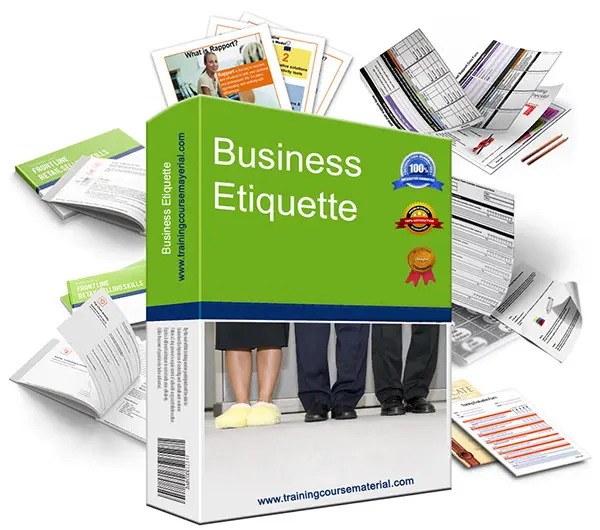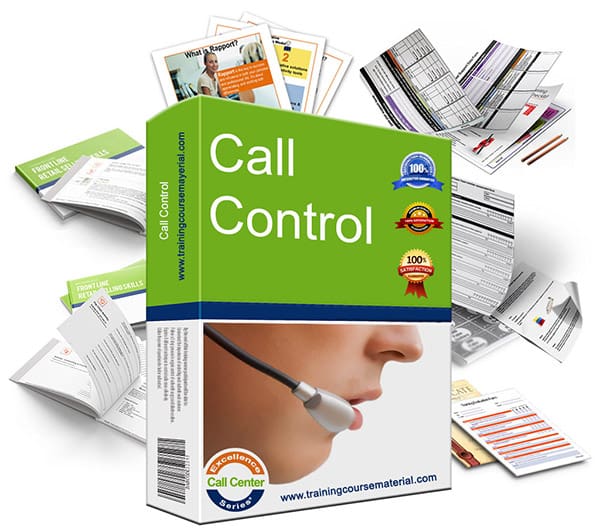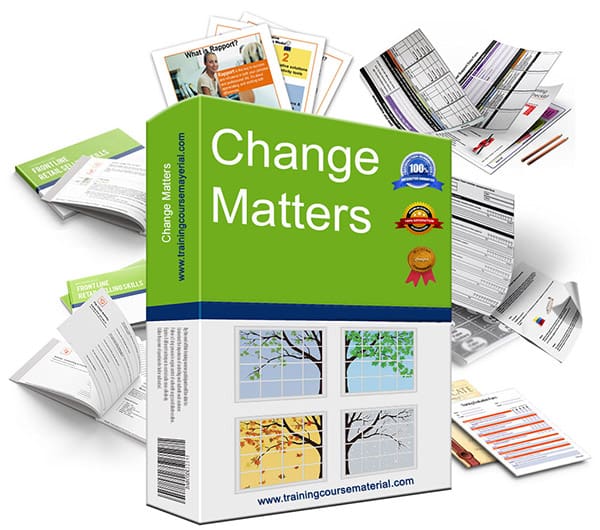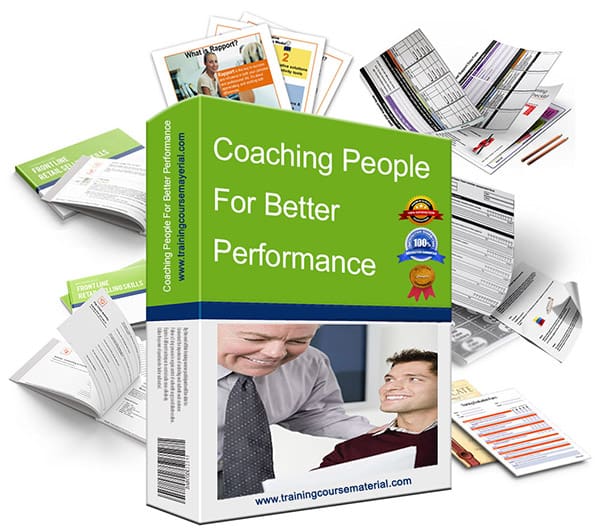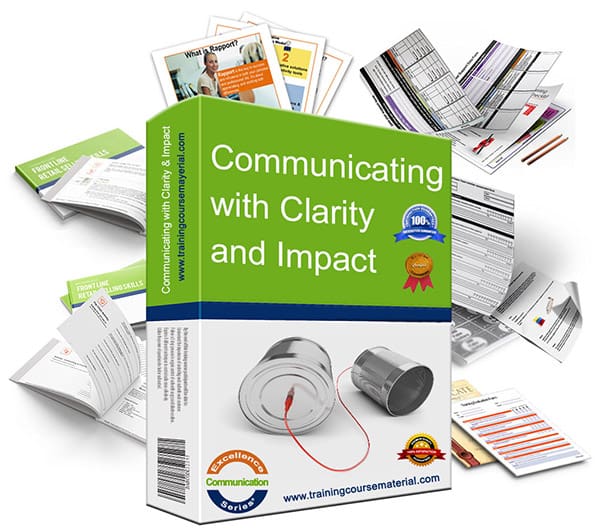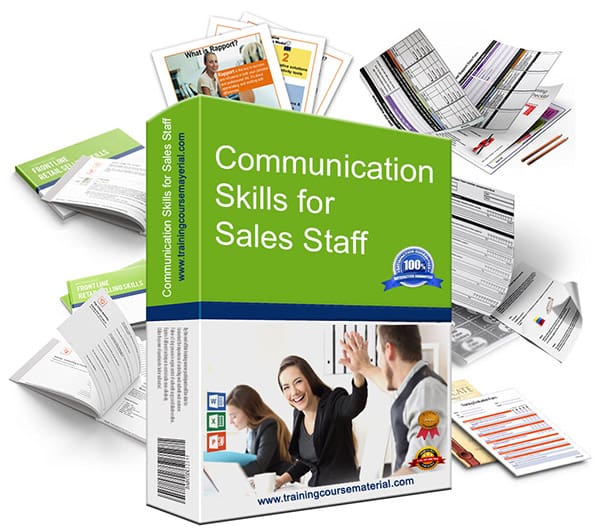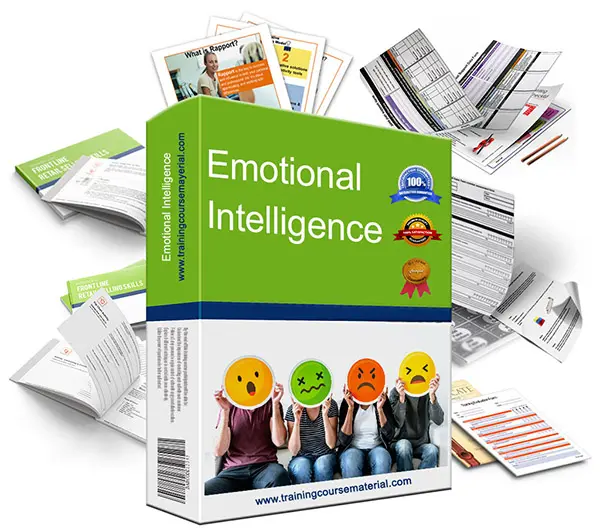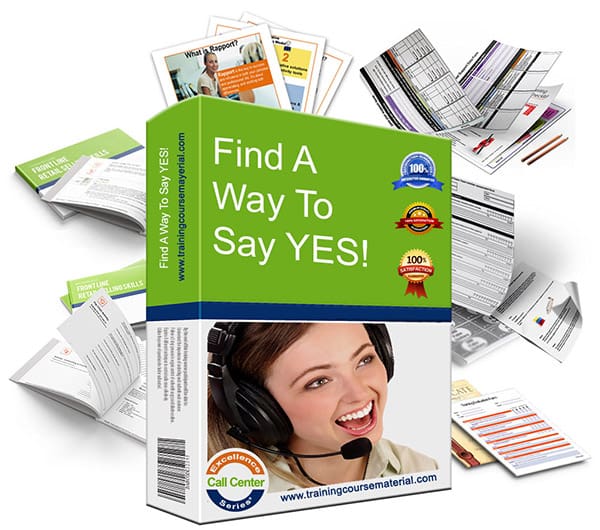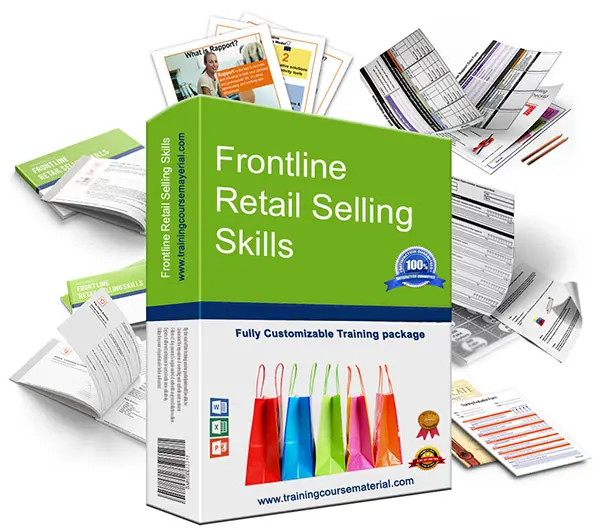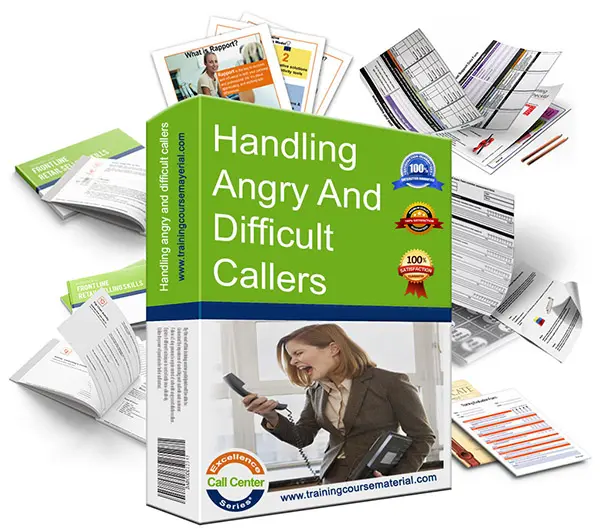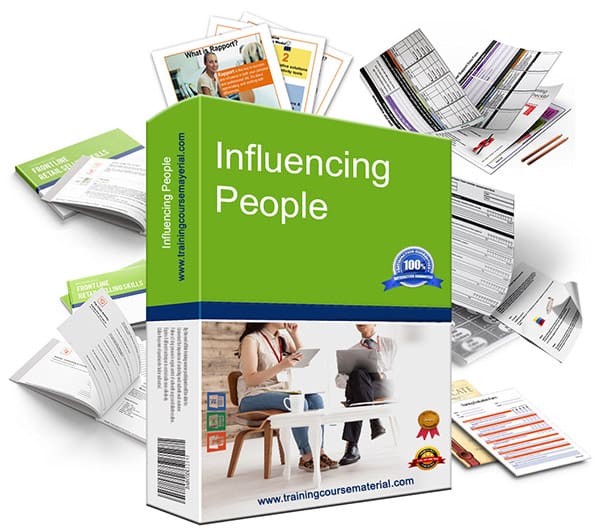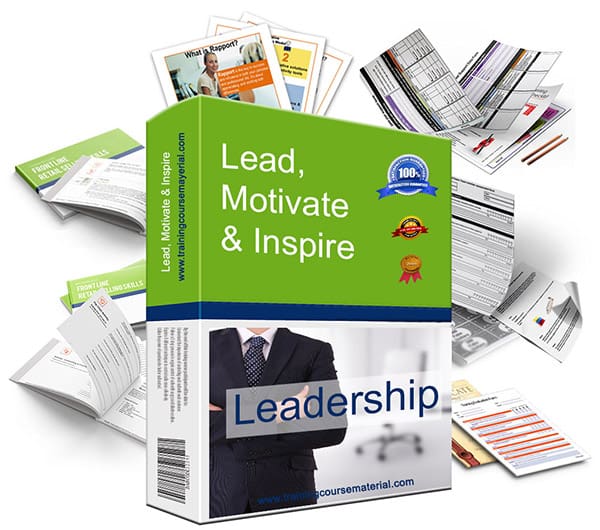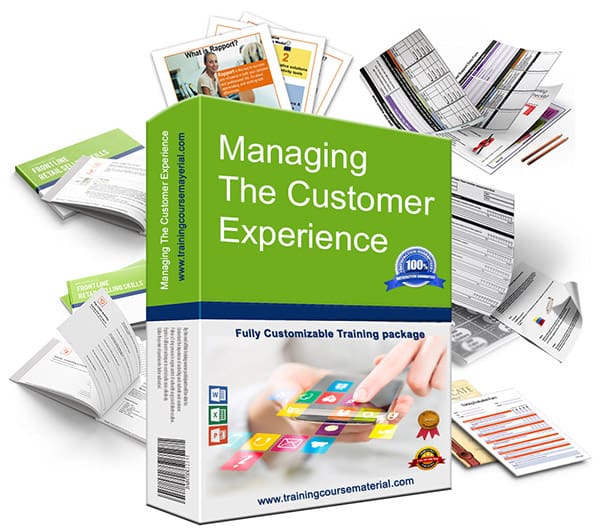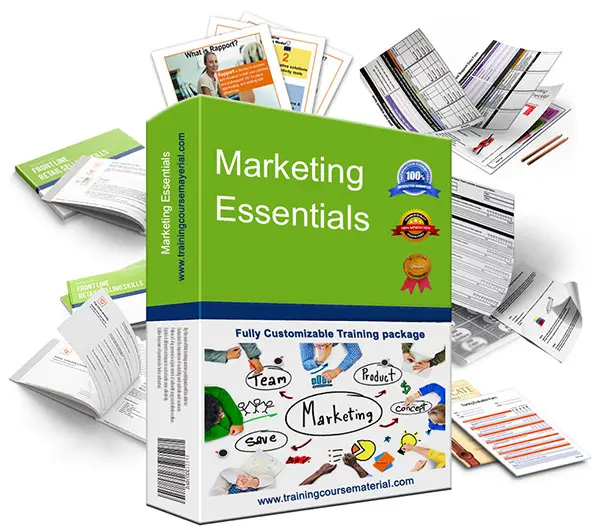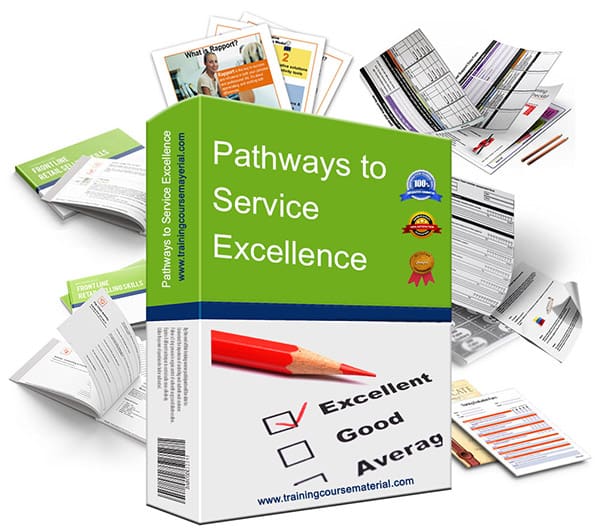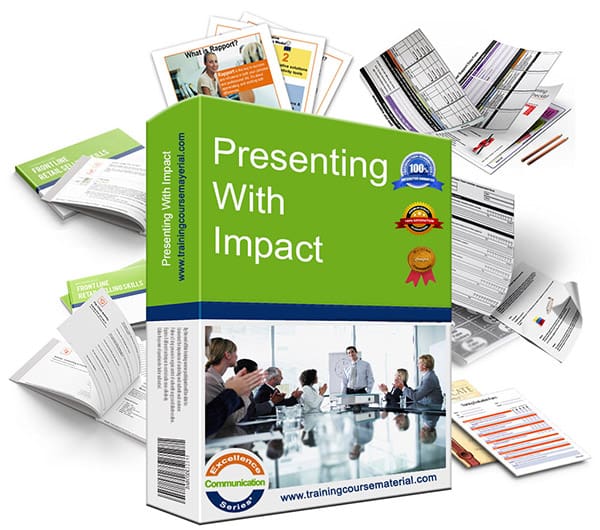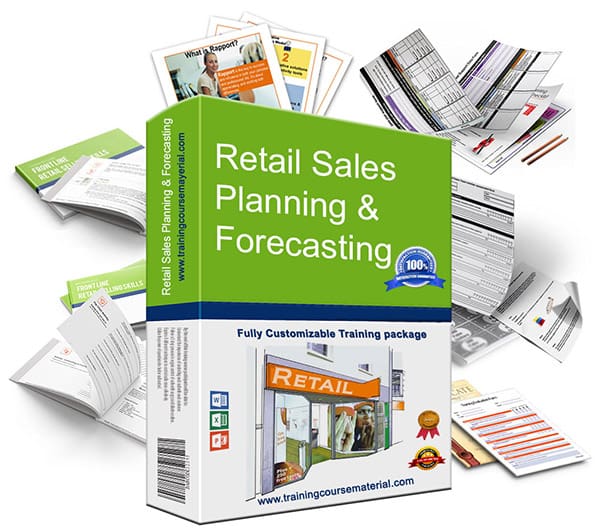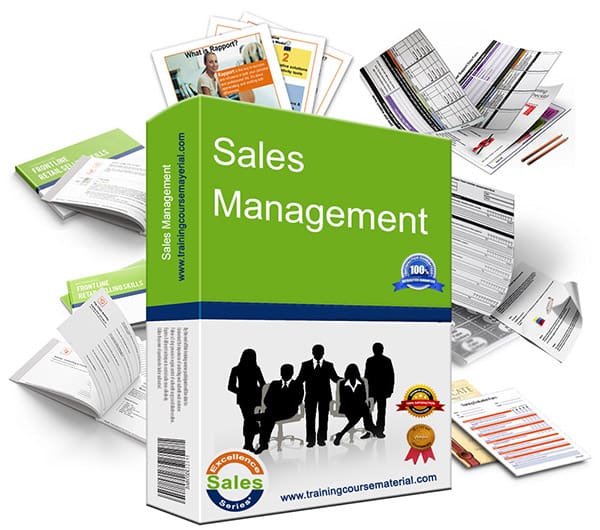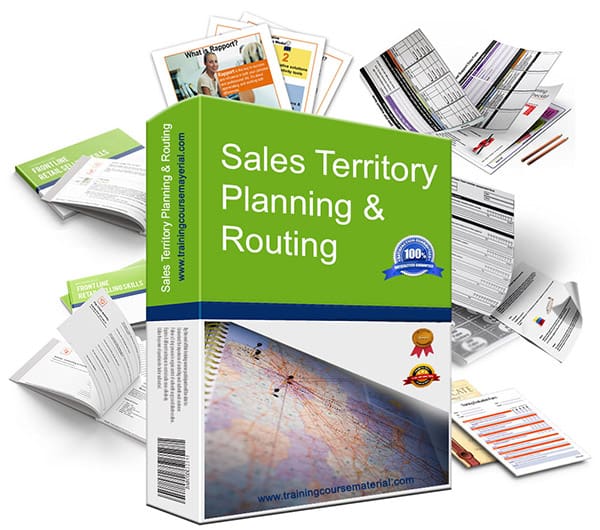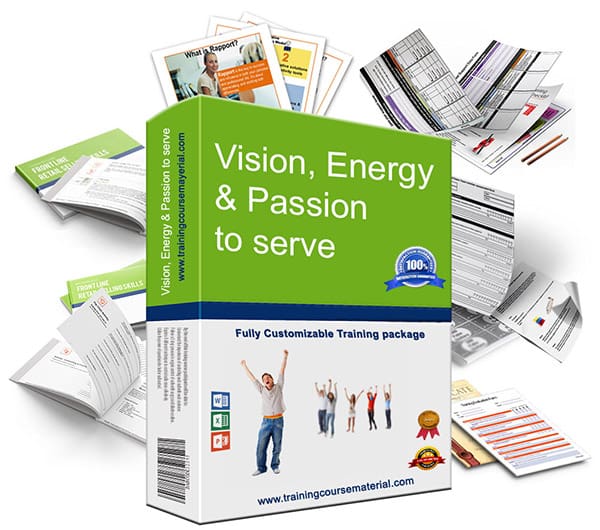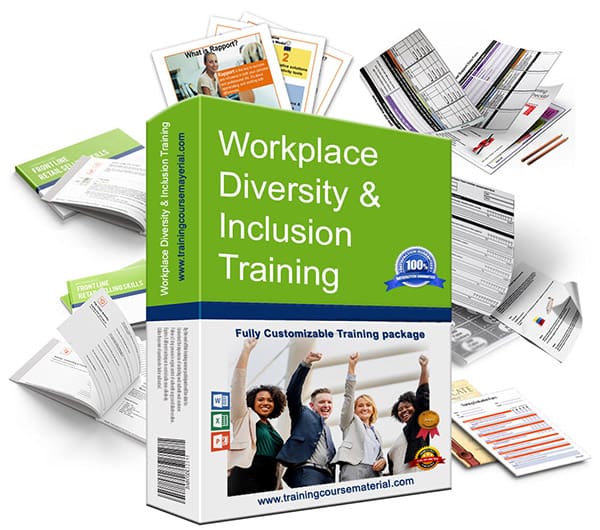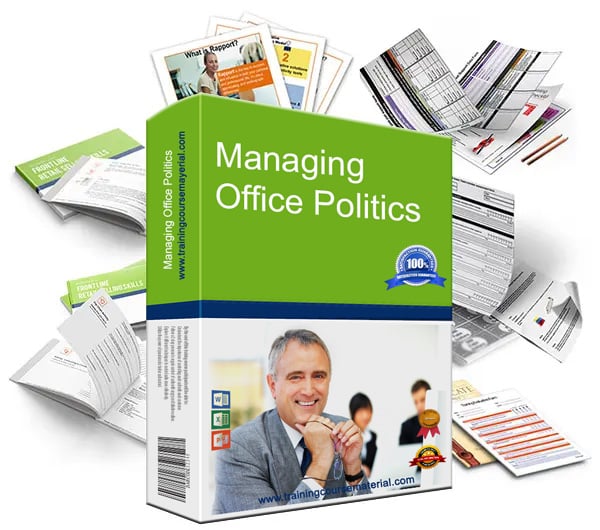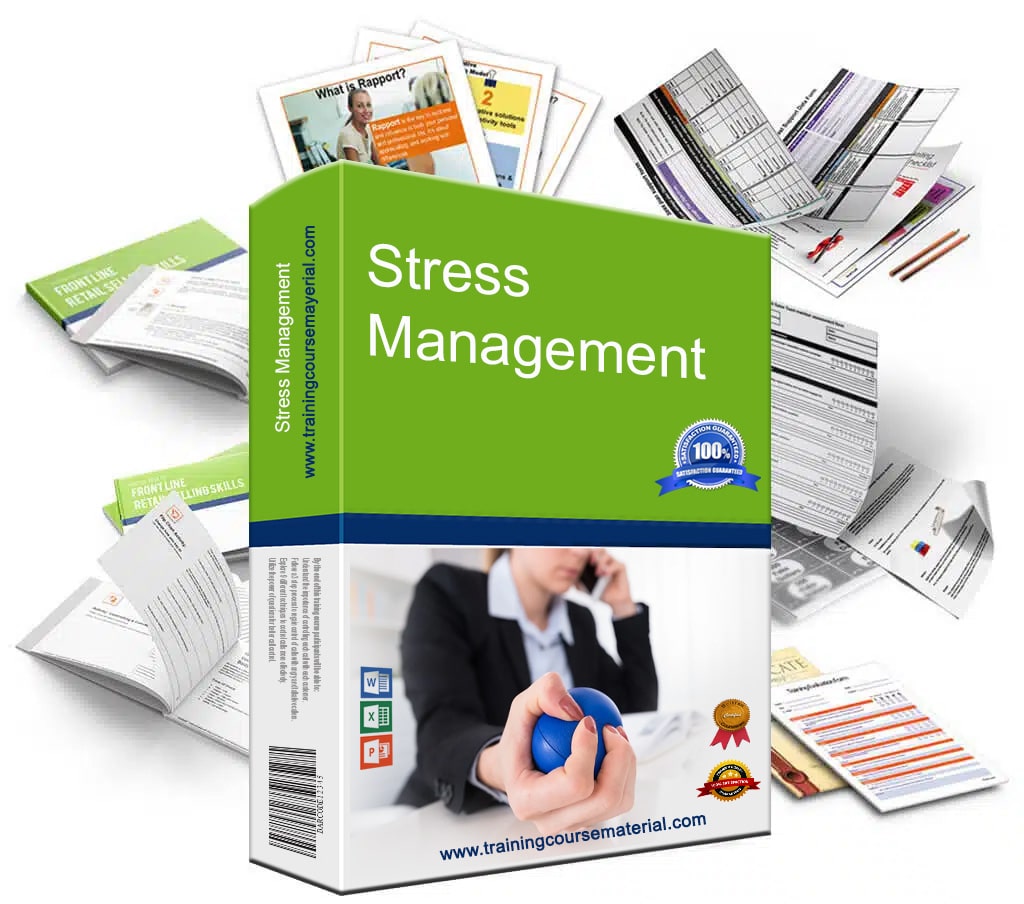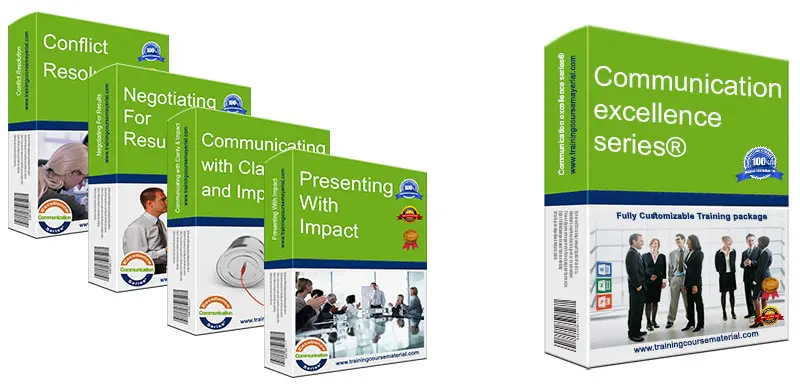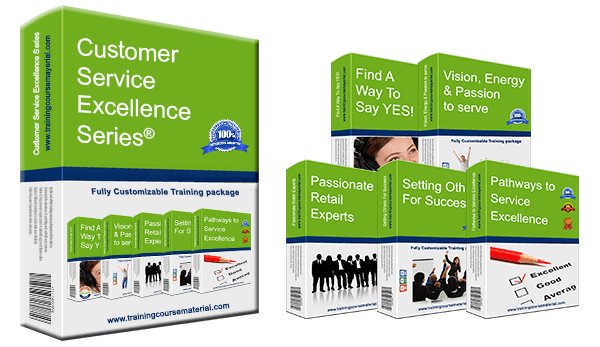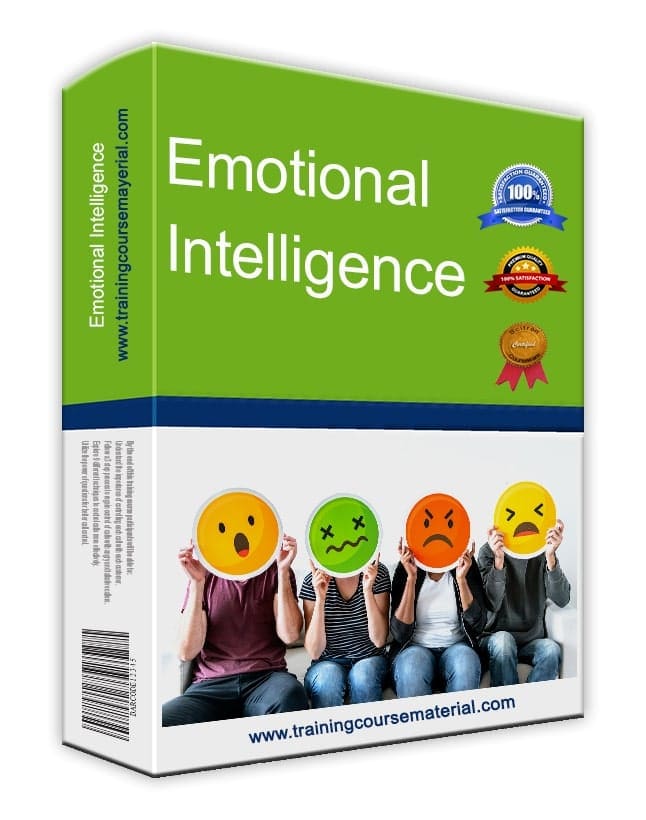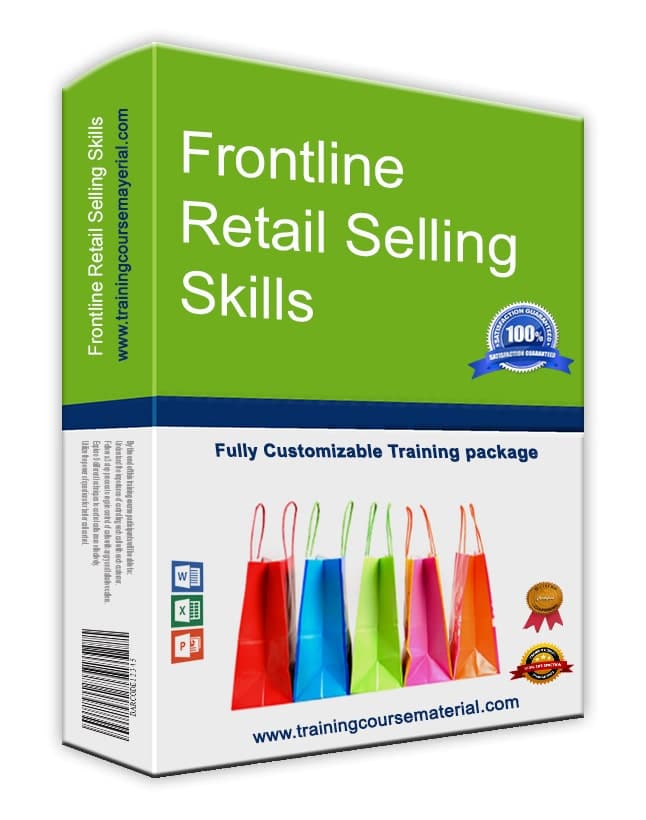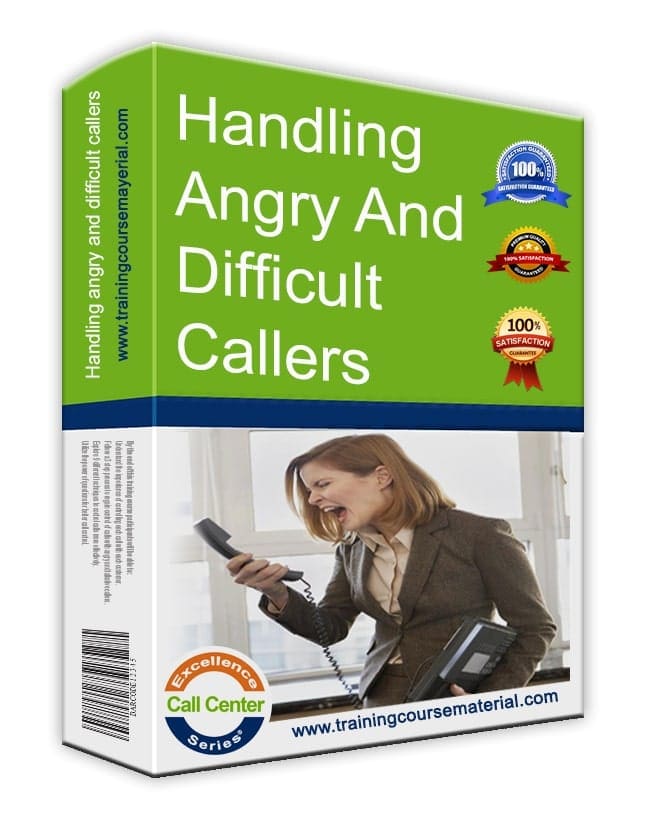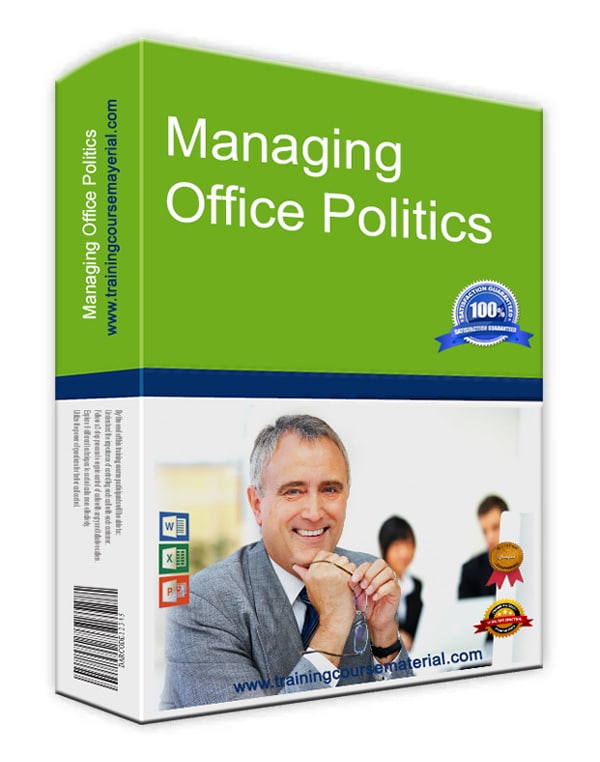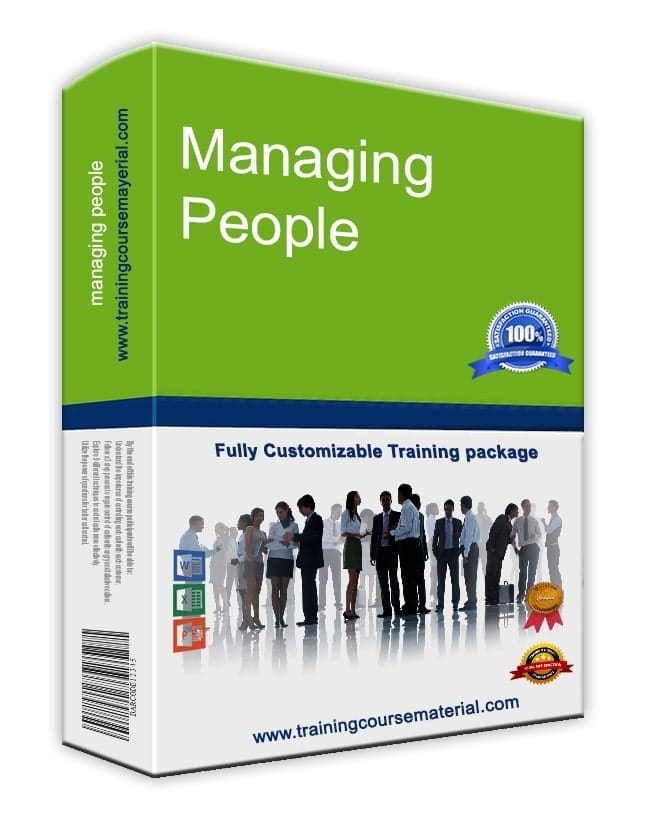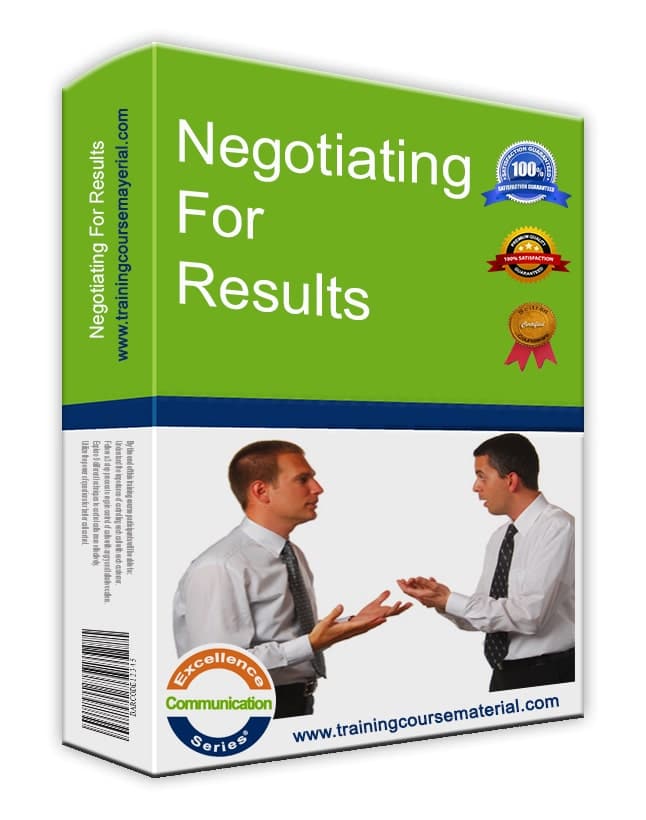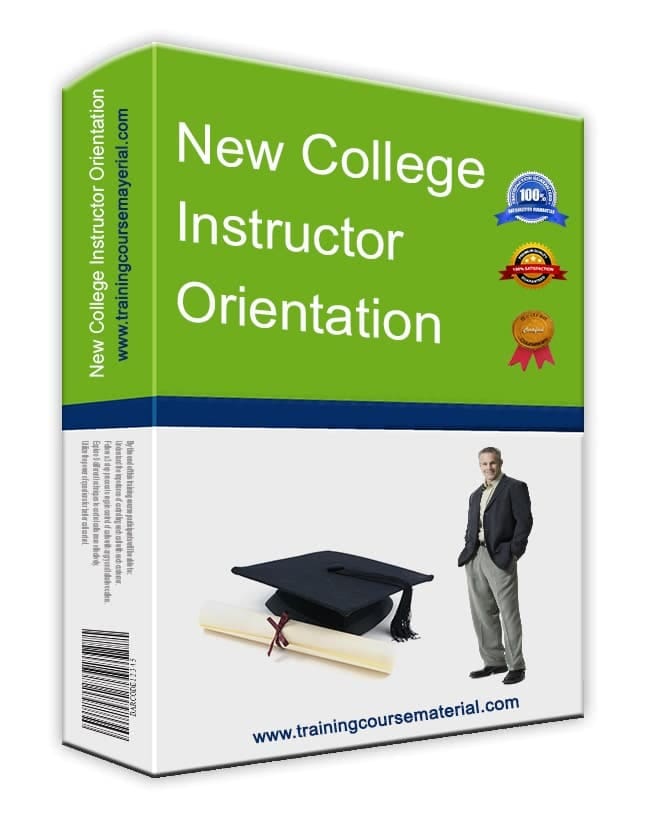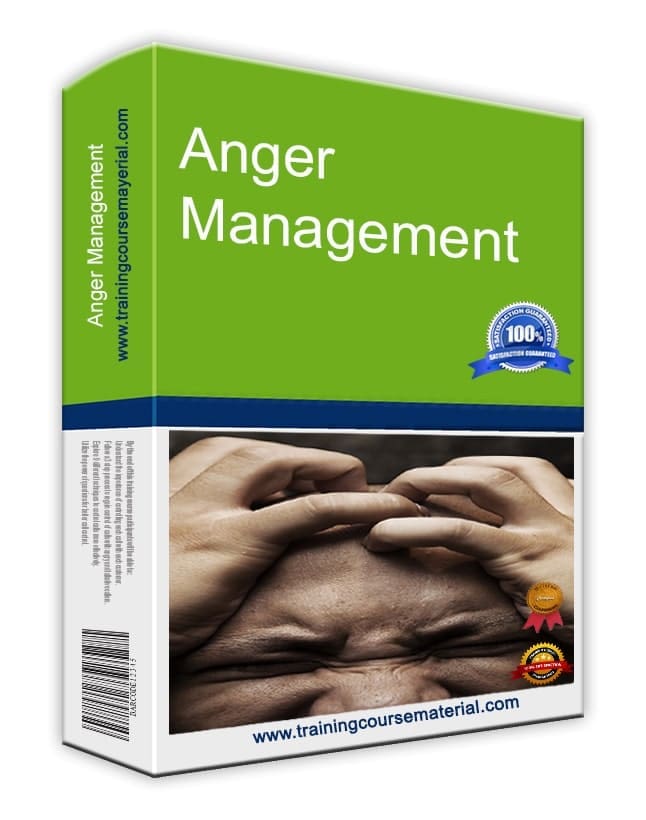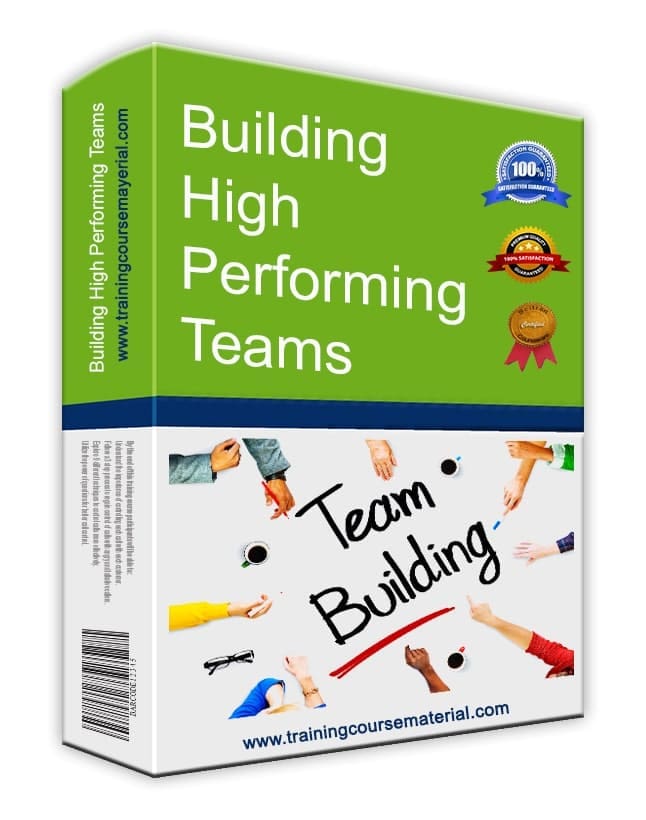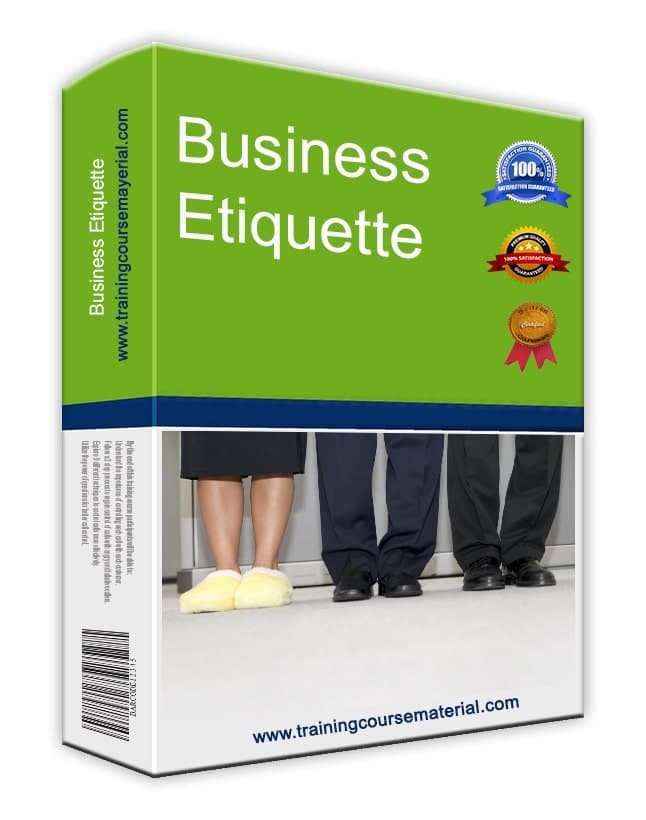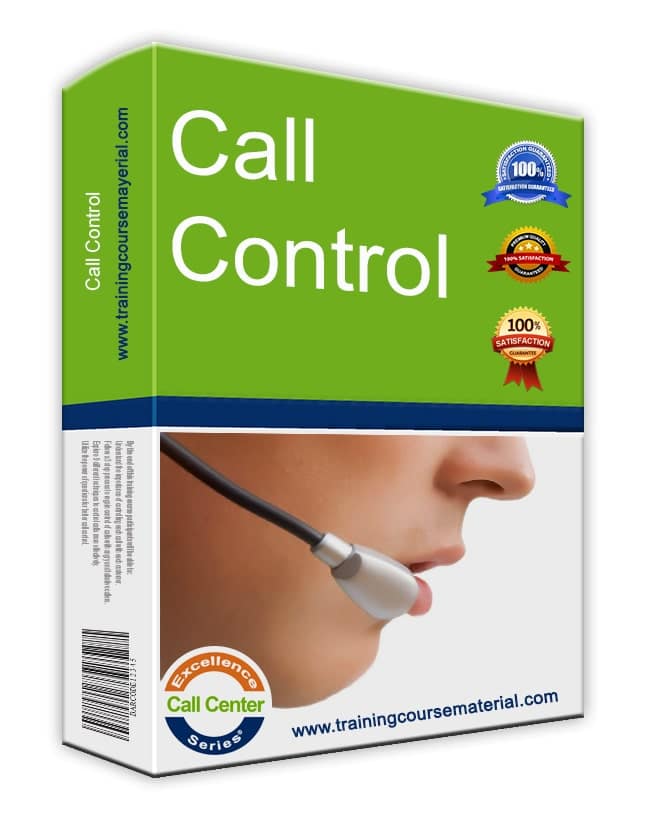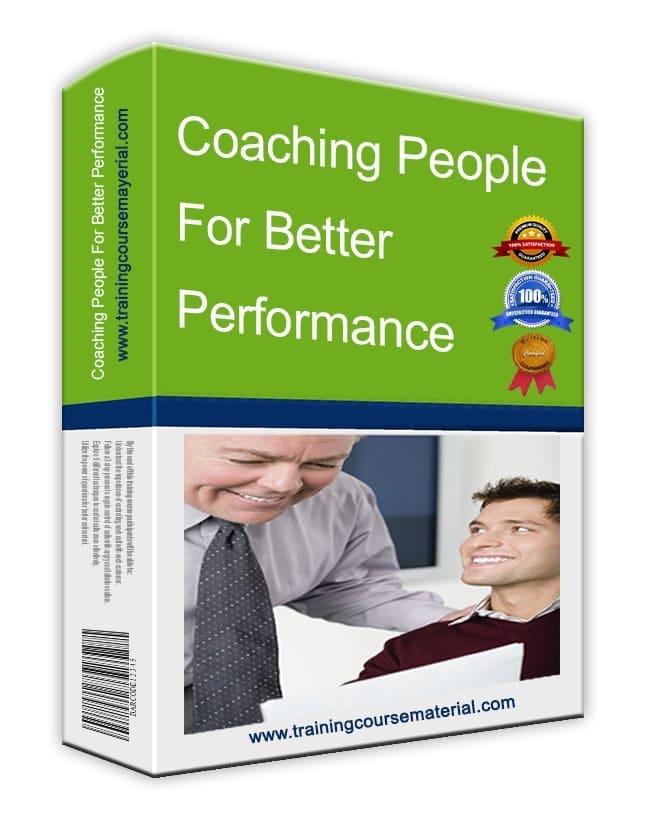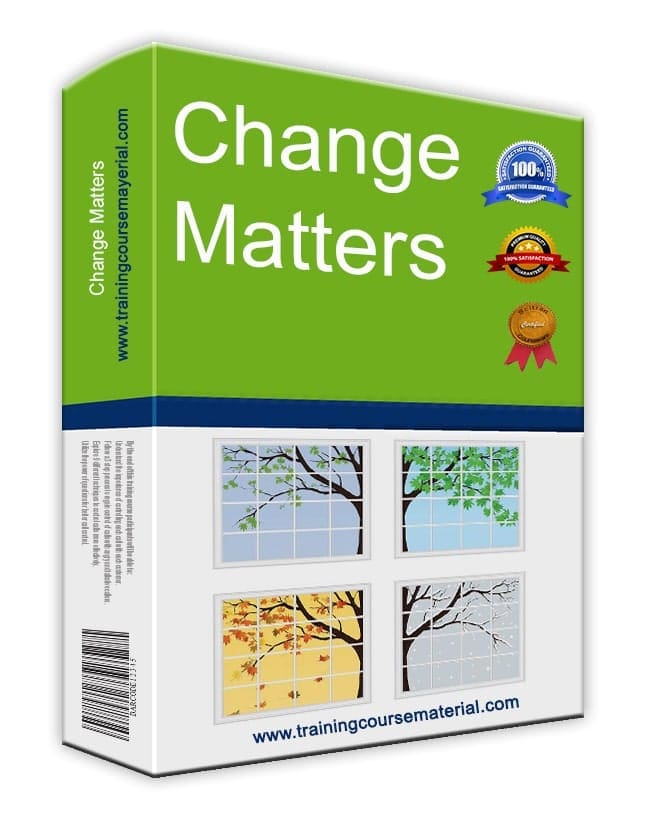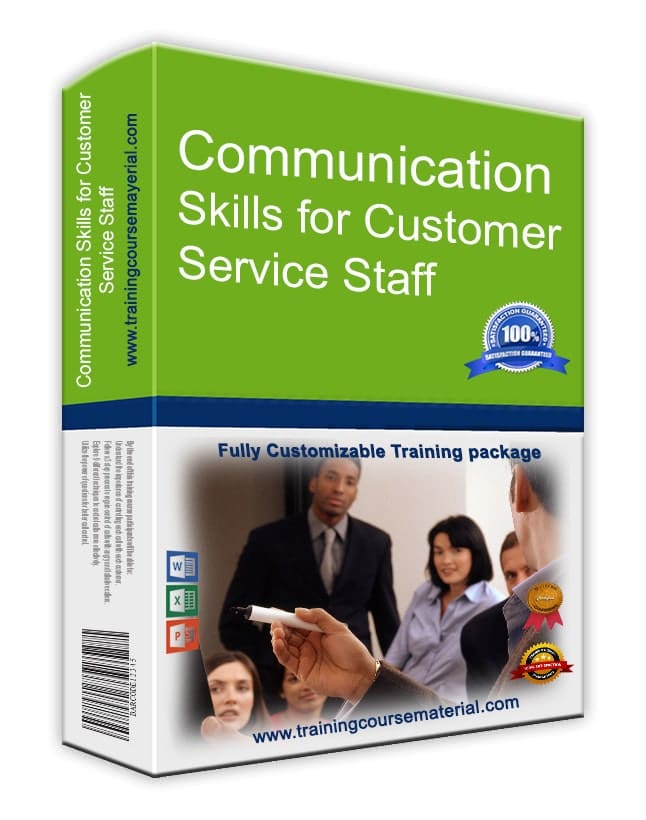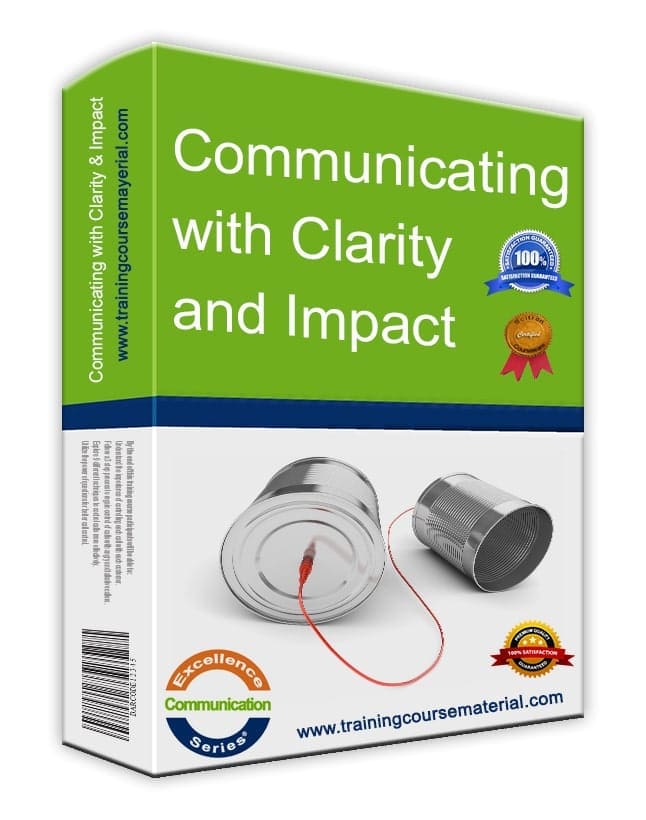Written by Sarah ElSayed, Lead Communication Coach at TrainingCourseMaterial.com, with over 15 years of experience training business professionals and corporate presenters worldwide.
First impressions are powerful—and they form fast. Whether you're addressing a room of executives or greeting a new team member, the way you carry yourself, speak, and listen shapes how others perceive you long before you get into content.
What Shapes a First Impression?
According to research by psychologist Albert Mehrabian (UCLA, 1967):
- 7% of a first impression comes from the words you say
- 38% from your tone of voice
- 55% from non-verbal behavior (posture, gestures, eye contact)
These percentages shift as a conversation progresses, but the weight of that first moment can stick. The key takeaway? Your body speaks louder than your words—especially at the beginning.
Key Elements of a Positive First Impression
- Appearance: including dress and posture
- Communication Skills: clear, concise, and confident speaking
- Non-Verbal Communication: facial expression, gestures, tone
Self-Check: Estimate Your First Impression
Use these questions to reflect on how others might experience you:
- What do I look like?
- What do I sound like?
- What do I say?
- How well do I listen?
What Does Confidence Look Like?
Think of someone you know who radiates confidence. Ask yourself:
- How do they carry themselves?
- How do they dress?
- Do they smile often, make eye contact, or listen attentively?
- Do they speak clearly, with appropriate pauses and volume?
- Are they respectful, prepared, and on time?
- Do they project energy and optimism?
Real example: In a recent coaching session, we worked with a sales team struggling with cold introductions. Just by adjusting their stance, pacing, and eye contact, the team reported a 20% increase in lead receptiveness within a week. Subtle shifts go a long way.
Practical Tips to Improve Your First Impression
- Look comfortable and relaxed—others will mirror that ease.
- Focus outward. Shifting attention away from self-doubt to the other person helps reduce nervousness.
- Master good listening habits: eye contact, minimal interruptions, summarizing what you hear.
- Use natural gestures and open posture. Avoid crossed arms or looking away.
- Remember: symmetry in body language appears formal. Asymmetry suggests openness and ease.
📝 Free Presentation Skills Self-Evaluation
Evaluate your ability to project confidence and connect with your audience. This simple tool helps identify where you're strong—and where you might need work.
📦 Presenting with Impact – Training Material Package
Improve how you speak, carry yourself, and connect with others. This download-ready package includes editable trainer guides, slides, and exercises.
FAQ: Common Misconceptions About First Impressions
Is it true that body language is 93% of communication?
Not exactly. The 7-38-55 rule from Mehrabian only applies when words contradict tone and body language—like sarcasm. In most cases, words matter more. But in early impressions, non-verbal cues dominate.
Reviewed by TrainingCourseMaterial.com editorial team on August 5, 2025
Making a positive first impression
when presenting, show your enthusiasm to your topic. You may want to curb your enthusiasm at times, but most presenters show too little passion or enthusiasm not too much. Yes, a presentation on medical treatments by a researcher is different than a CEO’s keynote. But, in each case the appropriate level of enthusiasm can make all the difference. Your audience can very easily gauge how passionate you are about your topic. They can tell. So, show this enthusiasm. It will make your presentation much more effective. Delivering data is easy but delivering it with emotion and showing your passion makes the whole difference.
The words you use can have an impact on showing your passion about what you are talking about. Always use words like amazing, awesome, outstanding, extraordinary, revolutionary, etc. to amplify and show your passion about your topic to your listeners because they will feel it.




